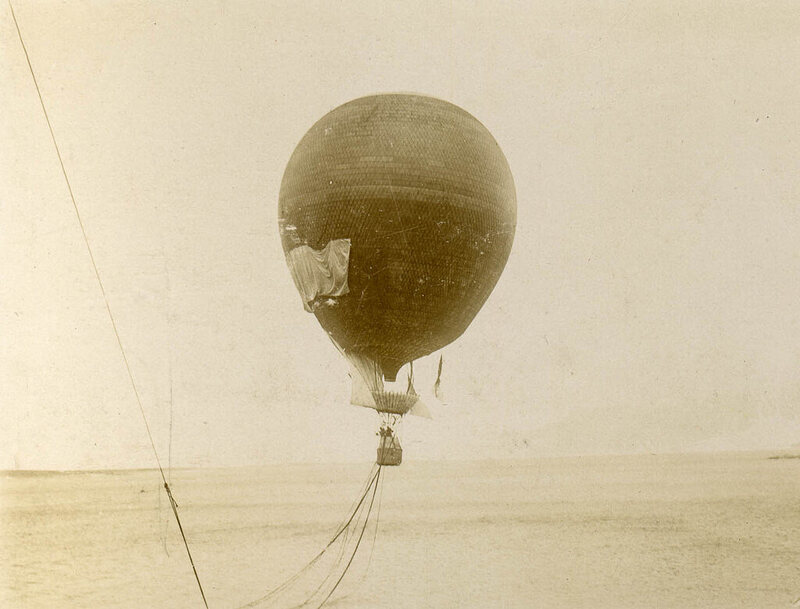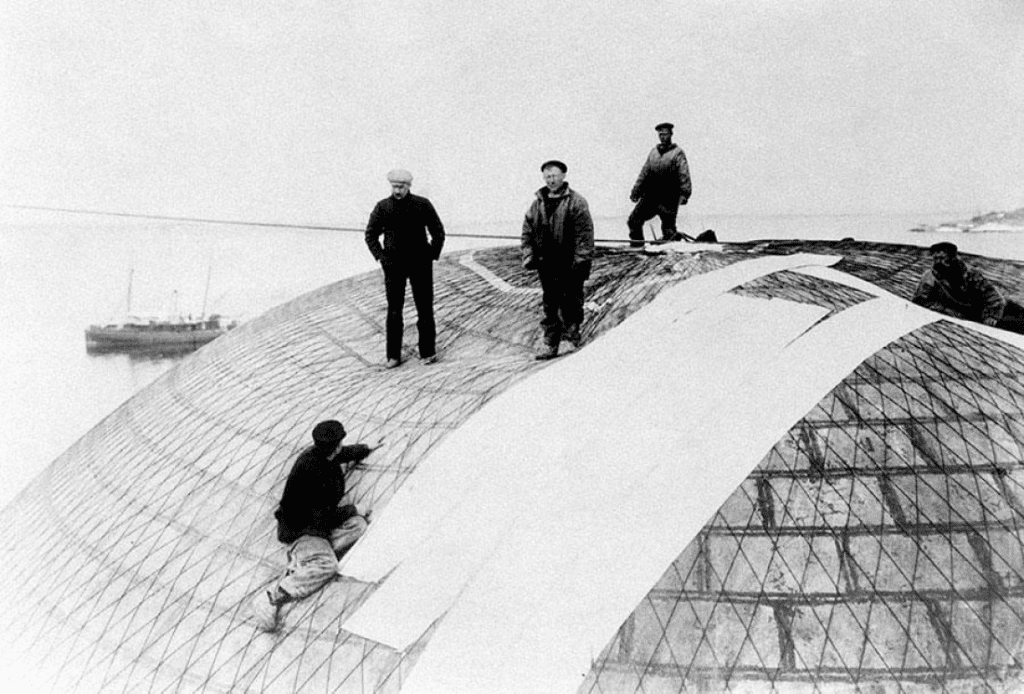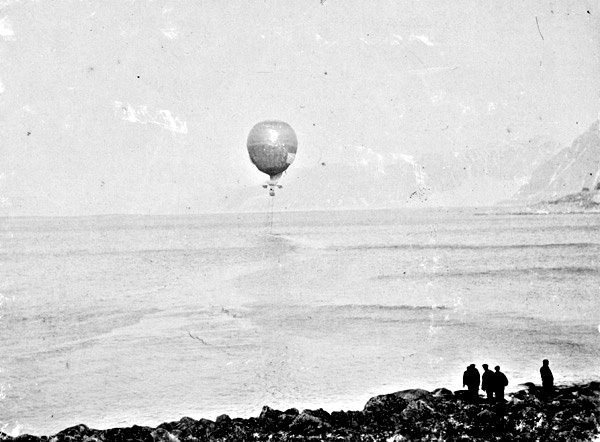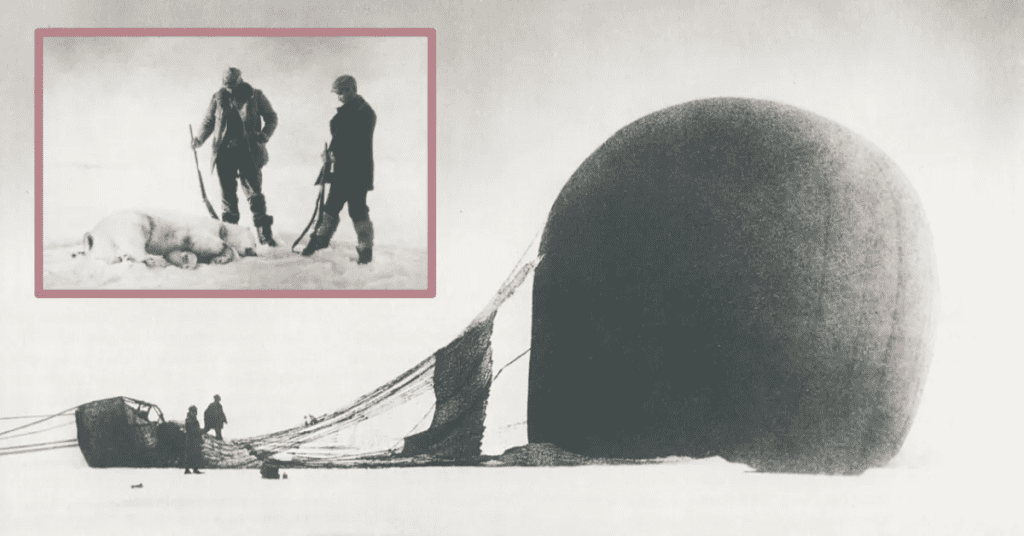In the summer of 1897, Swedish engineer and explorer Salomon August Andrée launched one of the most ambitious and daring expeditions of the 19th century. Along with two companions, Knut Frænkel and Nils Strindberg, Andrée aimed to reach the North Pole by air. Their chosen method was not a sled, nor a ship, but a hydrogen-filled balloon named Örnen, meaning “The Eagle.”
At a time when Arctic exploration was a race of national pride and human endurance, Andrée’s plan was groundbreaking. He believed that with wind power and careful steering by dragging ropes, they could float over the frozen expanse and touch down triumphantly at the top of the world. On July 11, 1897, Örnen lifted off from Danes Island in the Svalbard archipelago and disappeared into the icy unknown.

An Expedition Lost to the Ice
From the start, the journey was far from smooth. Within hours, the balloon was covered in ice and difficult to control. Within two days, the men were forced to crash land on the desolate Arctic ice, hundreds of miles short of their intended destination. Their adventure, once filled with hope and national fanfare, had turned into a struggle for survival.

For the next 80 days, the three men hauled heavy sledges across the brutal terrain, facing bone-chilling winds, freezing temperatures, and exhaustion. They hunted polar bears for food, fought off frostbite, and tried to navigate the endless white wasteland. But as the weeks dragged on, their situation became more desperate.
Then, they vanished.
No messages were ever received. No rescue party found them. For decades, the fate of the Andrée expedition remained one of the great Arctic mysteries.
Video:
The Insane Arctic Balloon Expedition of 1897
The Frozen Truth Revealed
In 1930, more than 33 years after the balloon launched, a Norwegian scientific expedition stumbled upon a haunting scene on the remote island of Kvitøya. There, they discovered the remains of all three explorers perfectly preserved by the cold, still surrounded by their gear, journals, and even undeveloped photographic plates.
The recovery of their diaries and photographs revealed an astonishing tale. The men had documented nearly every step of their final weeks, capturing not just their physical struggle but also their spirit. Strindberg’s photographs, later developed, showed frozen landscapes, makeshift camps, and portraits of the men smiling despite their hardship.
Their detailed notes, combined with the images, told a story of perseverance, scientific curiosity, and courage in the face of almost certain death.

Legacy Beyond the Tragedy
Although the expedition failed in its original mission, its legacy lived on in unexpected ways. The writings of the explorers gave historians and scientists a rare firsthand account of life in the Arctic at the edge of survival. Their photos, many of them haunting in their clarity, provided an intimate window into their final days.
Salomon Andrée’s idea was rooted in the optimism and daring of his era a time when technology and exploration seemed limitless. His team’s downfall came not from lack of courage but from trusting technology beyond its capabilities. Yet their bravery and methodical documentation made them unforgettable figures in polar history.
Video:
What is a Hot Air Balloon Ride Like?
A Human Story Etched in Ice
The 1897 Arctic balloon expedition is often remembered as a tragedy, but it is also a story of humanity’s relentless drive to explore and understand. Andrée and his companions knew the risks. They chose to face the unknown with open eyes and steady hands.
Their journey is a reminder of what it means to venture into the unexplored, to chase dreams even when the odds are slim, and to leave behind a record that speaks louder than success ever could.
In a world now connected by satellites and mapped in every direction, their story remains one of the last true sagas of adventure, loss, and discovery in the planet’s most unforgiving frontier.



